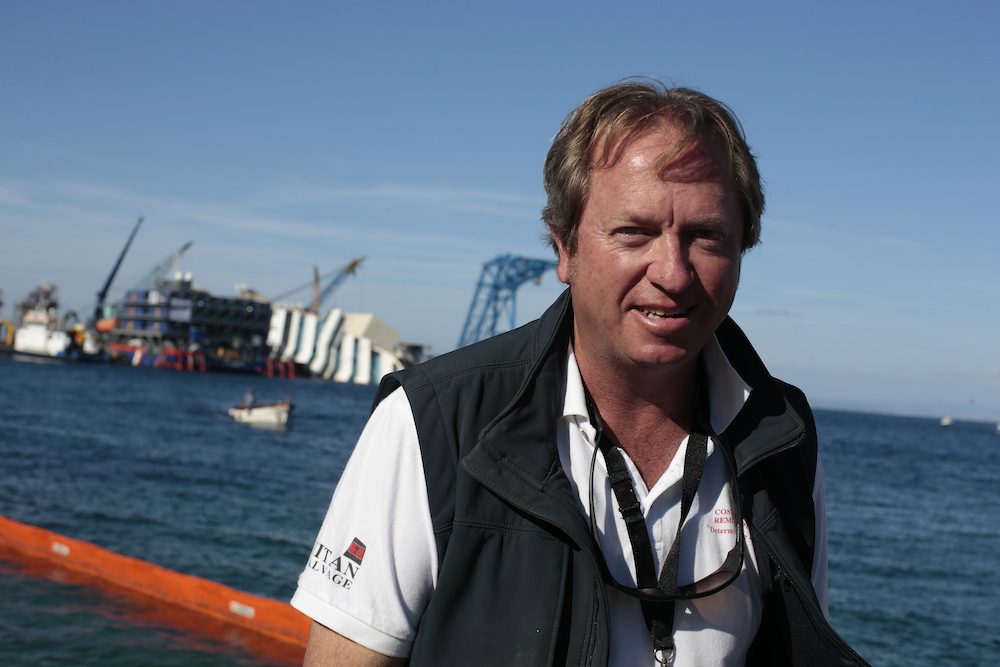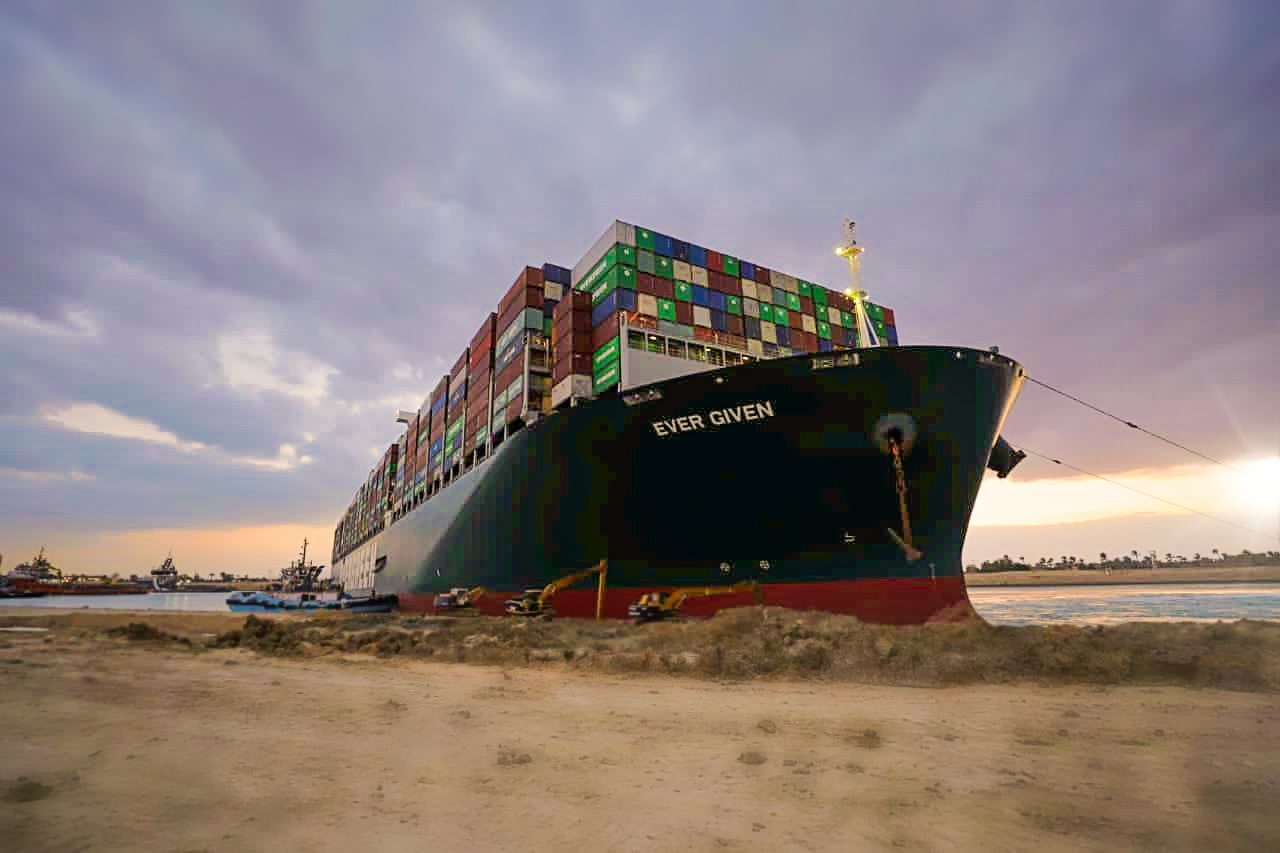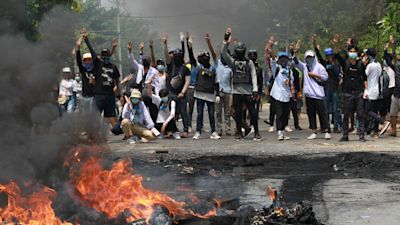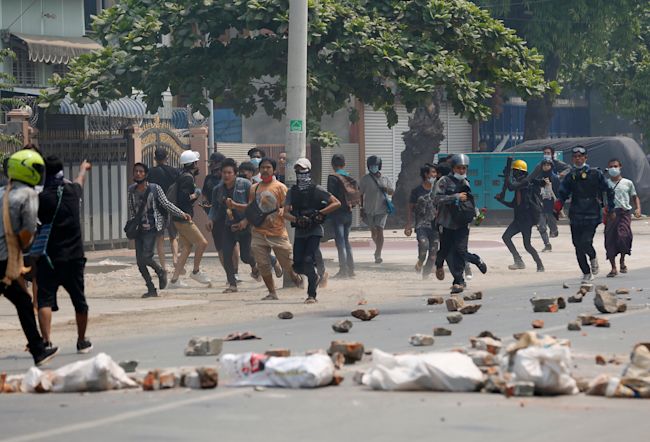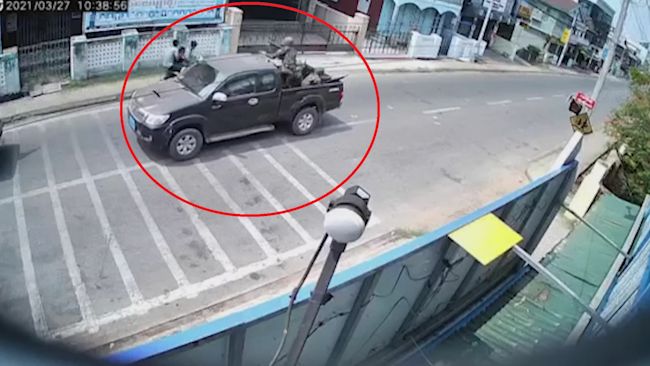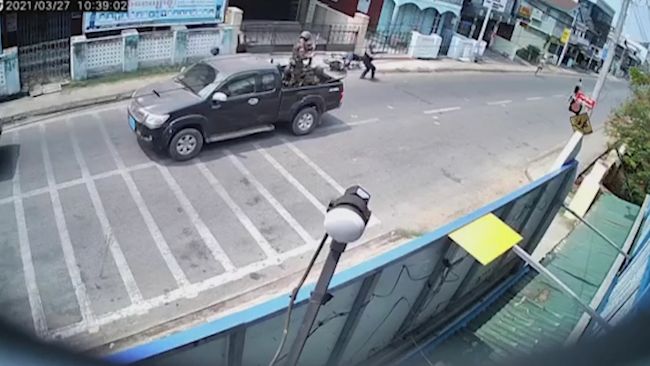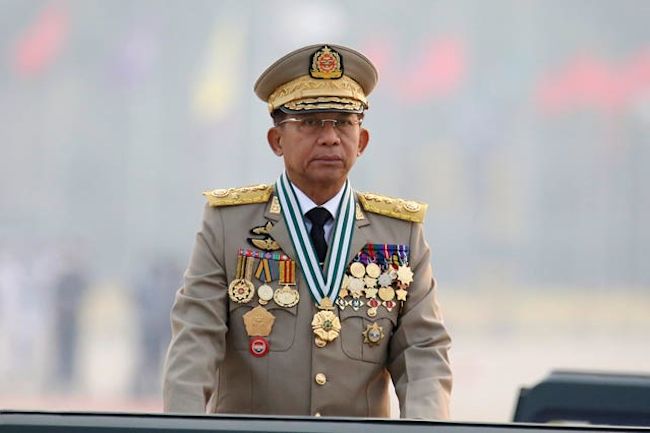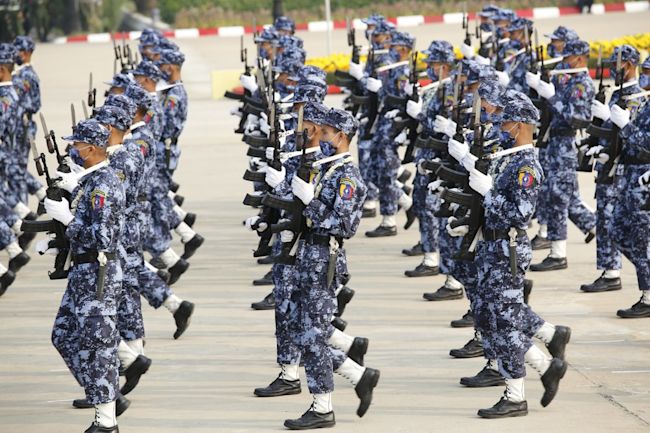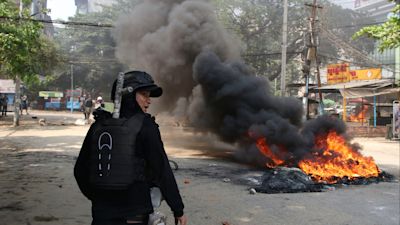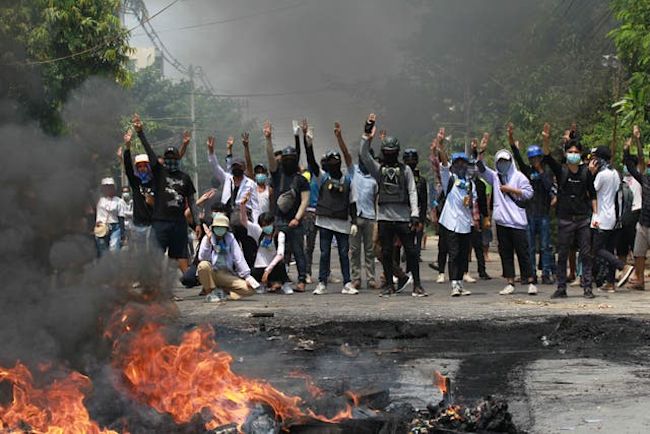Sophia Ankel
3/28/2021
An Asian-American Army veteran showed his scars in a board meeting to prove his patriotism.
Ohio township trustee Lee Wong used his speech to criticize anti-Asian violence.
The impromptu moment came after several racially-motivated attacks against Asian-Americans.
An AsianAmerican government official revealed his military scars during a town hall meeting on Tuesday to protest the recent wave of racially-motivated attacks in the country.
During a meeting of the West Chester Township, Ohio, Board of Trustees, chairman Lee Wong, 69, lifted his shirt and showed his scars to prove his "patriotism," NBC News reported. Wong served in the US Army for 20 years.
Footage of the moment, which has gone viral on social media, shows Wong unbuttoning his shirt while speaking about how tired he is of the Anti-Asian rhetoric he's witnessed in America.
"Don't get me wrong, people love me in this community and I love them, too, but there are some ignorant people that would come up to me and say that I don't look American enough or patriotic enough," Wong says in the video, according to the BBC. "I'm not afraid. I don't have to live in fear."
The 69-year-old then stands up and raises his undershirt, revealing a big, dark scar across his chest.
"Here is my proof. This is sustained through my service in the U.S. military," he says to the room. "Now, is this patriot enough?"
"Prejudice is hate, and that hate can be changed," Wong continued. "We are human. We need to be kinder, gentler, to one another."
Watch the powerful moment below.
Wong's powerful statement comes in the aftermath of several racially-motivated attacks across the country.
Last week, eight people — six of whom were Asian women — were killed in a shooting in Atlanta, Georgia.
According to research published by Stop AAPI Hate on Tuesday, nearly 3,800 anti-Asian racist incidents were reported over the course of the pandemic in the US. Women made up 68% of these reports.
Wong, who came to the US from China at the age of 18, describes himself as a moderate Republican, according to NBC News.
Wong served from 1975 to 1995 and sustained his injuries at Fort Jackson in South Carolina, Mail Online reported.
He has served more than one term as the president of the board of trustees of the Ohio town, where more than 90 percent of the population of 66,000 is White, according to MEAWW.
“People question my patriotism, that I don’t look American enough,” Lee Wong, an elected official in an Ohio township, said at a recent public meeting.

Lee Wong, an elected official in West Chester, Ohio, said he could no longer endure the indignities of prejudice against Asian-Americans, or people questioning his loyalties to America.Credit...West Chester Board of Trustees meeting
By Neil Vigdor
March 28, 2021
As town meetings go, the discussion was fairly routine, meandering from what Memorial Day celebrations might look like in the second year of the coronavirus pandemic, to a federal grant application for bulletproof vests for police officers.
But when the time came for the trustees in West Chester Township, Ohio, to deliver personal remarks at the group’s most recent meeting, the board’s chairman, Lee Wong, who is Asian-American, did something unusual.
Mr. Wong removed his suit jacket and his tie and unbuttoned his dress shirt, according to a video of the board’s March 23 meeting, which has since drawn widespread attention. Then, he lifted his undershirt, revealing scars on his chest that he said he got while serving in the U.S. Army.
Mr. Wong, 69, said he could no longer endure the indignities of prejudice against Asian-Americans or having people question his loyalties to America.
“Here is my proof,” he said. “Now is this patriot enough? I’m not ashamed to walk around anymore. Before I was inhibited. People looked at me strange.”
It was the board’s first meeting since March 16, when a gunman killed six women of Asian descent in a series of attacks on massage businesses in the Atlanta area, leaving eight people dead.
Prosecutors are weighing whether to classify the shootings as a hate crime, but the rampage came amid a rise in violent crimes targeting people of Asian descent across the United States, which advocates say has been exacerbated by pandemic-related racism.
Mr. Wong immigrated to the United States from the island of Borneo in 1971, according to a profile about him in The Cincinnati Enquirer last year when he ran unsuccessfully for the State Senate.
He is a Republican, though the township board is a nonpartisan body, The Enquirer reported. He was first elected to the board in West Chester Township, a northern suburb of Cincinnati, in 2005.
About halfway through the board’s meeting, Mr. Wong said he would depart from protocol and had something that he wanted to share.
He said he came to the United States when he was 18 and once had been assaulted in a racially motivated attack in Chicago. For too long, Mr. Wong said, he had put up with racism but had been too afraid to speak out because he feared facing more discrimination and abuse.
“In the last few years, things are just getting worse and worse,” he said. “There are some ignorant people that will come up to me and say that I don’t look American or patriotic enough. Now, that really gets my goat.”
What to Know About Gun Laws and Shootings in the U.S.In the last five years, there have been at least 29 shootings in the United States with four or more fatalities, according to data compiled by the Violence Project. The number of overall injuries from firearms reached a 50-year high in 2017, with nearly 40,000 people killed.Americans make up about 4.4 percent of the global population but own 42 percent of the world’s guns. Research shows that 31 percent of mass shootings worldwide from 1966 to 2012 were committed by Americans.The Times examined how weapons were obtained in 19 shootings from 2009 to 2018. Many of the guns used in mass shootings are bought legally and with a federal background check.At the state level, there is a checkerboard of gun laws that align with the partisan tilt of each state. While 13 Democratic-controlled states have restricted gun access in recent years, 14 Republican states have loosened their gun laws.
He said that Asian-Americans had been subjected to widespread prejudice, particularly restaurant workers.
“They are hard-working Americans,” he said. “Some even served in the U.S. armed forces — not Chinese army. U.S. Army.”
Noting that he had been a U.S. citizen for quite some time, Mr. Wong said that he had served in the U.S. Army for 20 years. He got the scars while serving at Fort Jackson in South Carolina, The Journal-News of Hamilton, Ohio, reported.
“People question my patriotism, that I don’t look American enough,” Mr. Wong said at the meeting. “They cannot get over this face.”
Mr. Wong said the country had significant work to do to address bigotry.
“You know prejudice is hate,” he said. “We need to be kinder, gentler to one another, because we are all the same. We are one human being on this earth.”
/cdn.vox-cdn.com/uploads/chorus_image/image/69039881/1231360319.0.jpg)
